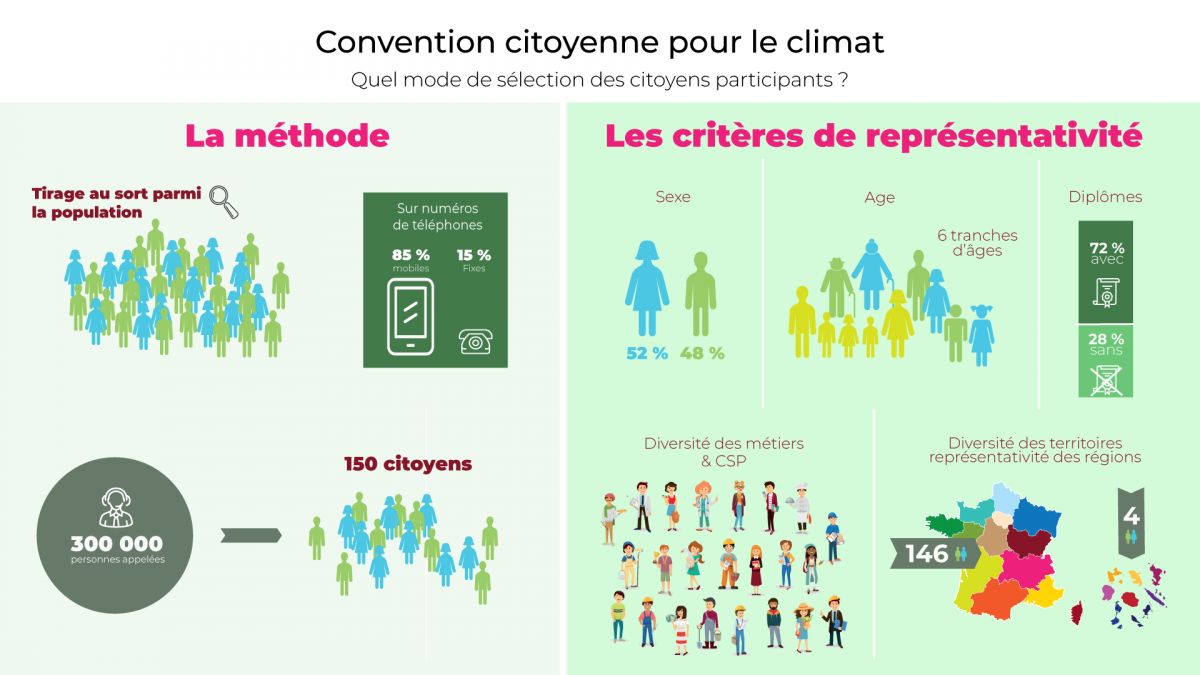
A paper by Richard Katz and Peter Mair called “Changing models of party organization and party democracy: The emergence of the cartel party” published in Party Politics Journal in 1995 (and based on a 1992 workshop presentation by the same authors) spurred a body of academic work in political science dealing with the “cartelization” of party politics. In the abstract of a 2009 paper by the same authors (“The Cartel Party Thesis: A Restatement”) Katz and Mair write:
The cartel party thesis holds that political parties increasingly function like cartels, employing the resources of the state to limit political competition and ensure their own electoral success.
The thesis sees this cartelization as a phase in the evolution of party dynamics. Earlier phases were the “cadre party” (19th c.), the “mass party” (first half of 20th c.), and the “catch-all party” (second half of the 20th c.). While the mass parties and the catch-all parties competed for votes by presenting competing policies, the thesis asserts, the cartel parties do not. They huddle around a neo-liberal consensus and offer the public no alternatives.
In their 2005 paper “From Catch-all Politics to Cartelisation: The Political Economy of the Cartel Party”, Mark Blythe and Richard Katz explain the cartelization phenomenon as follows:
We argue that two key changes have occurred that have effectively turned parties from maximising competitors into risk averse colluders: the limits of catch-all politics, and the rhetoric and reality of globalisation.
The first factor, according to Blythe and Katz, is that by the 1970’s the policy competition between parties has produced welfare policy that was at the maximum capacity of the state to provide. Supposedly this was the dominant dimension along which parties were competing, and it has now become impossible to compete along this dimension any longer.
The second factor is a reduction in the ability of states to control the economy due to globalization:
In brief, catch-all parties were creatures of the Keynesian era. States were assumed to have primary responsibility for ensuring jobs and growth and were also assumed to be able to marshal fiscal instruments to those ends.
Continue reading →
Filed under: Academia, Elections, Theory | Leave a comment »



 A fun paper paper by Samuel Hayat, “La carrière militante de la référence à Bernard Manin dans les mouvements français pour le tirage au sort”, Participations 2019/HS (Hors Série) [
A fun paper paper by Samuel Hayat, “La carrière militante de la référence à Bernard Manin dans les mouvements français pour le tirage au sort”, Participations 2019/HS (Hors Série) [


